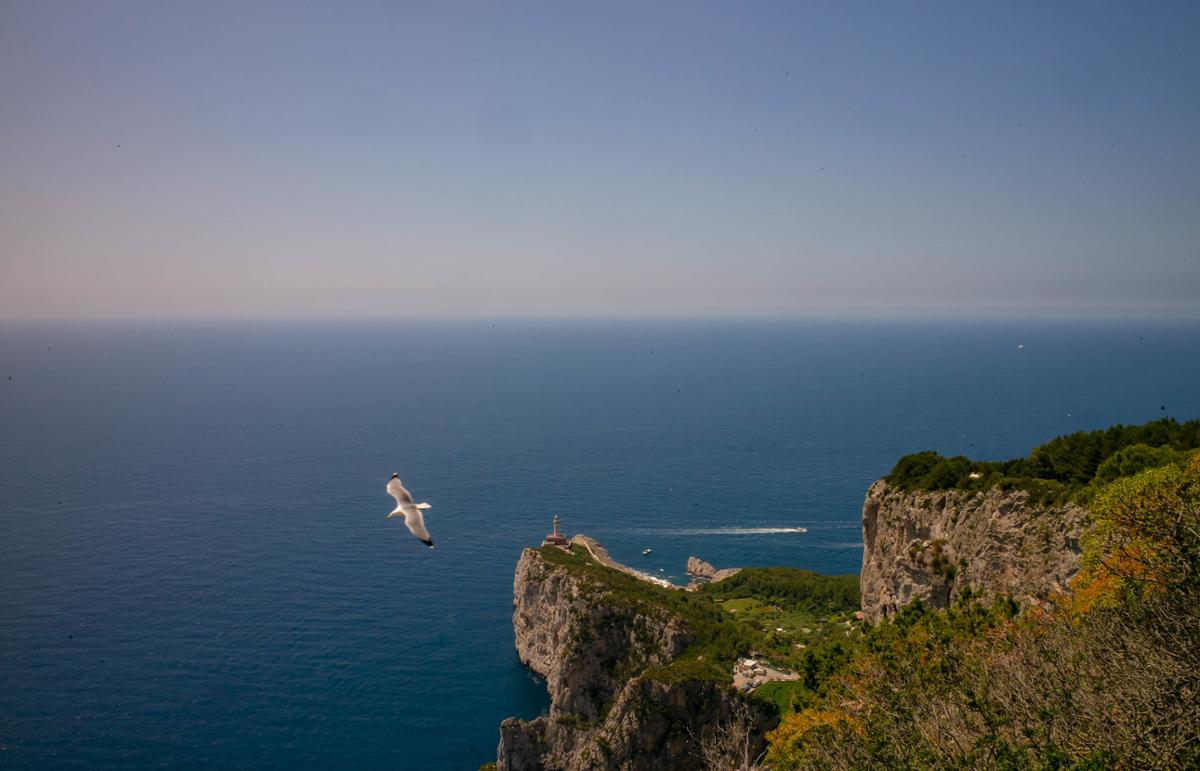Imagine you’re moving to a new house. What kind of neighborhood do you hope to live in? You’d want to get along with your neighbors, of course, and maybe have some green space with native plants. Nearby food—restaurants, grocery stores—is a must. And, importantly, you’d like a place with clean water, and fresh air. Now imagine you’re a fish.
Even creatures of the sea want to live somewhere nice, and their needs aren’t that different from yours. But vast swaths of the ocean are becoming less-than-ideal neighborhoods, as oxygen is lost from the water faster than it can be replenished.
Just as humans breathe air, marine life takes in oxygen from the surrounding water. When deoxygenation occurs, oceanic creatures must flee—or suffocate.
Deoxygenation is like a greedy landlord: those who stay will pay for it. For fish, it can stunt growth, interfere with reproduction, and cause blindness. Lifeforms such as coral, which can’t move from these deoxygenated “dead zones,” eventually die.
Animals who can escape get pushed out of their homes, forcing them to crowd oxygen-rich surface waters. With dead zones growing in both depth and width, more and more creatures are losing their habitats.
It’s a bad time to be a fish. Pollution runoff drives algae blooms, which produce oxygen through photosynthesis. But microbes quickly devour the algae, consuming vast quantities of oxygen along with it. And though oceans gain oxygen at the surface, where air mixes with the waves, water warmed by climate change can’t hold its oxygen well.
It’s up to us to combat pollution and climate change. After all, we want to be good neighbors to our watery friends.










